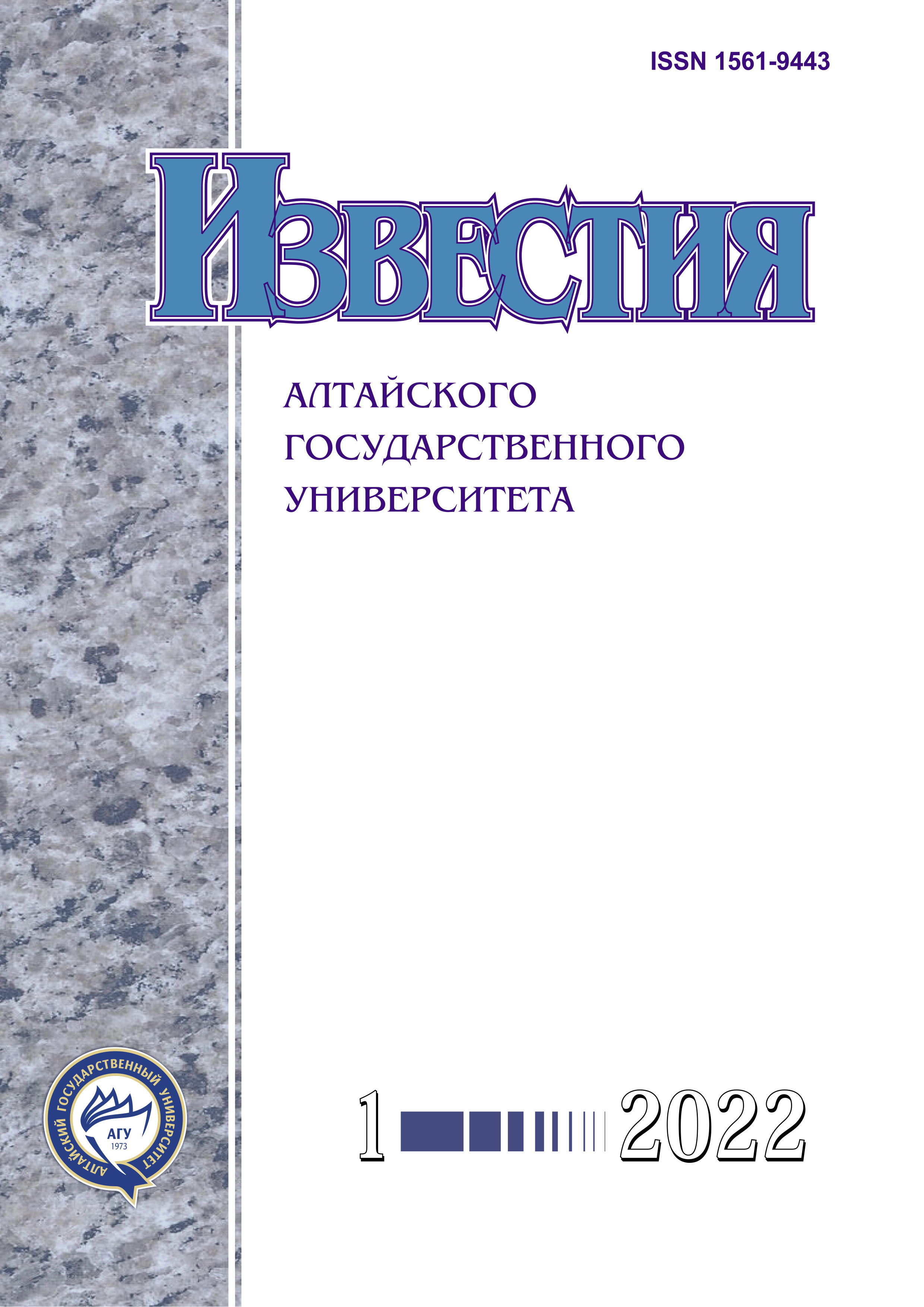Application of Artificial Intelligence and Computer Vision Technologies in Solving Problems of Automation of Processing and Recognition of Biological Objects
УДК 577.353:004.8
Abstract
The article considers the application of artificial intelligence and computer vision technologies to solve the automation of processing and analysis of botanical micro and macro objects (images of fern spores). Also, there is a problem of developing software for a digital twin of an agrobot. The first problem is an interdisciplinary research aimed at solving applied and fundamental problems in botanical objects' biosystematics and studying microevolutionary processes using computer vision technologies, methods of intelligent image analysis, machine learning, and artificial intelligence. The article presents the developed software module FAST (Functional Automated System Tool) for solving the direct problem — performing measurements from images obtained by scanning electron microscopy, virtual herbaria image library, entomological collections, or images taken in a natural environment.
The second problem is software development for the digital twin of the agrorobot, designed for precise mechanical processing of plants and soil. The proposed solution includes several components: the control unit — NVIDIA Jetson NANO computing module; the actuator — 6-axis robotic arm; the machine vision unit based on an Intel RealSense camera; the chassis unit — tracked tracks and software drivers and components for their control. The digital twin of the robot considers the environmental conditions and the landscape of the operation area.
The use of ROS (Robot Operating System) allows minimal effort to transfer a digital model to a physical one (prototype and serial robot) without changing the source code. Furthermore, consideration of the environmental conditions during the programming stage provides opportunities for further development and testing of real-life mathematical models for device control.
Downloads
Metrics
References
Ваганов А.В., Фаст О.В., Хворова Л.А. Разработка программного модуля для анализа изображений биологических микро- и макрообъектов // МАК: «Математики — Алтайскому краю» : сб. трудов Всерос. конф. по математике с межд. участием. Барнаул, 2020.
Barrington D.S., Patel N.R., Southgate M.W. Inferring the impacts of evolutionary history and ecological constraints on spore size and shape in the ferns. Applications in Plant Sciences. 2020. № 8 (4).
Yu J, Wang Q-X, Bao W-M. Spore morphology of Pteridophytes from China II. Sinopteridaceae // Acta Phytotaxonomica Sinica. 2001, № 39( 3).
Глобальная база данных по биоразнообразию — GBIF: http://gis-lab.info/.
Dyachkov Yu.V, Farzalieva G.Sh., Danyi L. On the centipede genus Schizotergitius Verhoeff, 1930, with a redescription of Schizotergitiusaltajicus Loksa, 1978 and a key to the genera of the family Lithobiidae in central asia (Chilopoda: Litho-biomorpha) // Russian Etmological Journal. 2021, № 30 (3).
Lentin J. Mastering ROS for Robotics Programming. Packt, Birmingham - Mumbai. 2015.
SzikoraP, Madarasz N. Self-driving cars — the human side.In: IEEE 14th International Scientific Conference on Informatics: November 14-16, 2017. Poprad, Slovakia. 2017.
Kim P., Coltin B., KimH.J. Linear RGB-D SLAM for Planar Environments // Proceedings of the European Conference on Computer Vision (ECCV): September 8-14, 2018, Munich, Germany.2018.
Bruno M.F. da Silva, Rodrigo S. Xavier, Tiago P do Nas-cimento and Luiz M. G. Gonsalves. Experimental Evaluation of ROS Compatible SLAM Algorithms for RGB-D Sensors // Proceedings of the European Conference on Computer Vision (ECCV). 2018.
Bochkovskiy A., Chien-Yao Wang and Hong-Yuan Mark Liao. YOLOv4: Optimal Speed and Accuracy of Object Detection. arXiv preprint arXiv: 2004. 10934, 23 Apr 2020.
Панарин Р.Н., Попов В.Н., Соловьев А.А., Хворо-ва Л.А. Разработка системы сбора и визуализации данных для отладки автономной роботизированной системы // МАК: «Математики — Алтайскому краю» : сб. трудов Всерос. конф. по математике с межд. участием. Барнаул, 2021.
Copyright (c) 2022 Роман Николаевич Панарин, Андрей Александрович Соловьев, Любовь Анатольевна Хворова

This work is licensed under a Creative Commons Attribution 4.0 International License.
Izvestiya of Altai State University is a golden publisher, as we allow self-archiving, but most importantly we are fully transparent about your rights.
Authors may present and discuss their findings ahead of publication: at biological or scientific conferences, on preprint servers, in public databases, and in blogs, wikis, tweets, and other informal communication channels.
Izvestiya of Altai State University allows authors to deposit manuscripts (currently under review or those for intended submission to Izvestiya of Altai State University) in non-commercial, pre-print servers such as ArXiv.
Authors who publish with this journal agree to the following terms:
- Authors retain copyright and grant the journal right of first publication with the work simultaneously licensed under a Creative Commons Attribution License (CC BY 4.0) that allows others to share the work with an acknowledgement of the work's authorship and initial publication in this journal.
- Authors are able to enter into separate, additional contractual arrangements for the non-exclusive distribution of the journal's published version of the work (e.g., post it to an institutional repository or publish it in a book), with an acknowledgement of its initial publication in this journal.
- Authors are permitted and encouraged to post their work online (e.g., in institutional repositories or on their website) prior to and during the submission process, as it can lead to productive exchanges, as well as earlier and greater citation of published work (See The Effect of Open Access).








